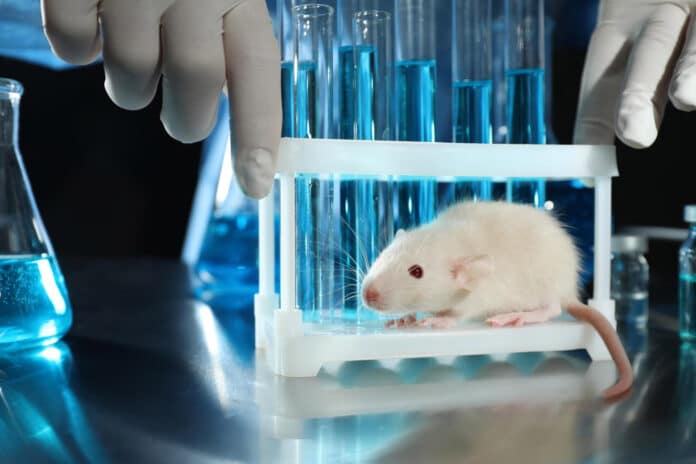Axolotls, a type of salamander, contain a highly sensitive mRNA protein called mTOR, which is regulated by the enzyme mTOR to stimulate protein creation. The axolotl variation features a genetic change, a sequence expansion found only in axolotls and kindred salamanders.
The researchers worked with colleagues from the University of California, San Francisco, to examine the structural differences between axolotl and mammalian mTOR. mTOR only activates in humans and mice when there is a surplus of nutrients.
However, In axolotls, after an injury causes cell damage and the breakdown of numerous molecules, a slight surge in free nutrients activates the ultra-sensitive mTOR, turning on cellular factories that manufacture new proteins.
They discovered that axolotls contain an ultra-sensitive variant of mTOR. This molecule works as an on-off switch for protein creation. Messenger RNA molecules, which provide genetic instructions for protein production, are stored in axolotl cells.
The combination of an easily activated mTOR molecule and a bank of ready-to-use mRNAs allows axolotl cells to quickly create the proteins required for tissue regeneration following an injury.
Researchers used to concentrate on how mRNA molecules changed following an axolotl’s wound. These investigations do not address how mRNA is translated into protein products, merely creating mRNA molecules in response to injury.
The researchers used a different strategy, concentrating on which mRNA molecules were linked to ribosomes. These tiny molecular factories produce proteins close to a wound. This allowed the researchers to focus on the proteins produced rather than the mRNA molecules hanging around the damaged site.
It was found that animals could no longer regrow limbs WhenmTOR with a drug that blocks protein production in cancers. When an axolotl loses a limb, it enhances protein synthesis despite the energy expenditure. Further research revealed that axolotl cells stockpile mRNA, translating only 20% at any moment.
When the researchers studied how axolotls respond to injury, they discovered that protein synthesis is stimulated, resulting in the translation of hundreds of transcripts that have been stored. This long-term storage also explained the rate of protein production during regeneration.
Barna said, “There are hundreds of mRNA transcripts that appear after a wound, but researchers were struggling to figure out what it was about salamanders that could explain their regenerative potential.”
The researchers discovered that many of the stored mRNA molecules shared a nucleotide sequence at one end of the mRNA that was known to be controlled by the mTOR pathway. This discovery could help researchers understand how to harness the regenerative capabilities of axolotls for human wound repair.
More research is needed to determine if mTOR levels can be altered or stimulated in humans to improve wound healing or spur the regeneration of damaged organs.
Journal Reference:
- Zhulyn, O., Rosenblatt, H.D., Shokat, L. et al. Evolutionarily divergent mTOR remodels translatome for tissue regeneration. Nature. DOI: 10.1038/s41586-023-06365-1
